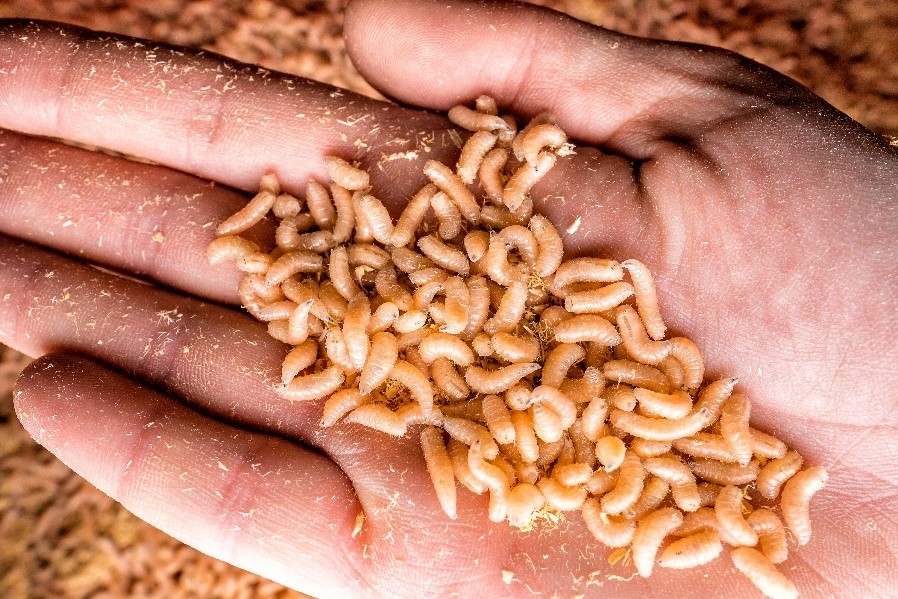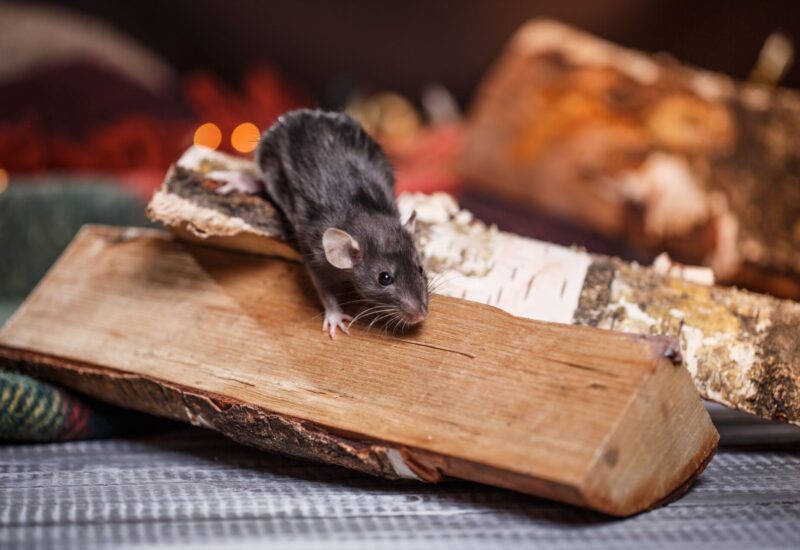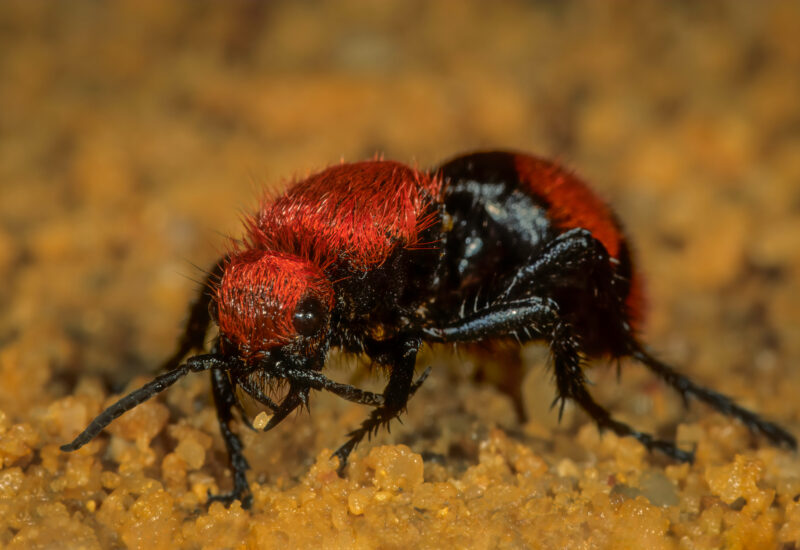Maggots Found in Food Could Lead to Fly Problem

Students in North Adams, Massachusetts, Concerned After Finding Maggots in Rice
Students at the McCann Technical School in North Adams, Massachusetts, found a group of unwelcome visitors in their classroom when a cluster of maggots were found in a bag of rice.
After the white larvae was found, students alerted the class instructor, who then notified the Department of Health. The school underwent an inspection, but it is not clear if the maggots came from the food wholesaler or if this is a result of an expired bag of rice.
“The instructor handled it like they should,” principal Justin Kratz said in an interview. “The food contaminated never came close to being prepared to be served, let alone served,”.
While finding maggots is quite alarming (and gross), if the pest had not been found, it could have turned into a different form of infestation in the near future.
Signs of a Fly Infestation
That’s right: a fly infestation.
Maggots are the larvae of flies, typically houseflies, cheese flies, and blowflies, none of which people want to have in their home.
There are more than 18,000 species of flies in North America, 200 of which thrive in human environments. Depending on the species, some will rest in the protected nooks and crannies of an office building or home and feed on garbage as well as uncovered food.
If your home or commercial building has a fly infestation, some of the signs are pretty clear. Flies darting around fluorescent lighting and windows, and the buzzing sound created by flies. There are other signs to look out for as well.
White worms found in trashcans, decaying or rotten food, stagnant pools of water, or animal droppings are fly larvae. These worm-like larvae are also referred to as maggots.

Flies will lay their eggs in a moist area near a plentiful amount of food for the larvae. Once the larvae are ready pupate, they will move to a warm, dry area. During the pupae stage, brown pods will form. Flies will emerge from these pods once they are adults.
Preventing a Fly Infestation
To stop flies from taking over your home or office, the most important step is to practice proper sanitation.
Make sure to routinely clean trashcans and keep trash tightly sealed in a container like a garbage receptacle with a lid.
Dumpsters need to be emptied and cleaned regularly in addition to being stored away from buildings. This will help prevent pests from making their way into the building.
Eliminating moisture and stagnant water is also another precaution to take in preventing a fly infestation.
It’s important to prevent flies from taking over. They can carry pathogens and diseases such as Salmonella and Typhoid which can pose health risks. Additionally, the maggot larvae can infest livestock that may have cuts or sores.
Hiring a Professional
A fly infestation can quickly get out of hand, primarily due to the short breeding cycles. It also presents a unique challenge to eliminate the problem. Fly removal and control professionals can identify the situation and eliminate the pest, no matter the stage they are currently in.






